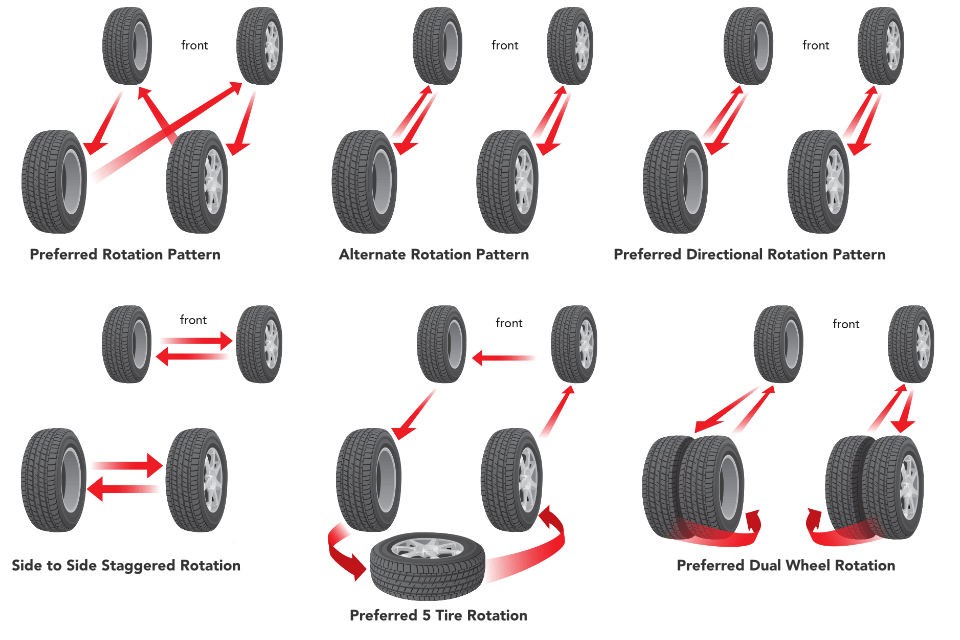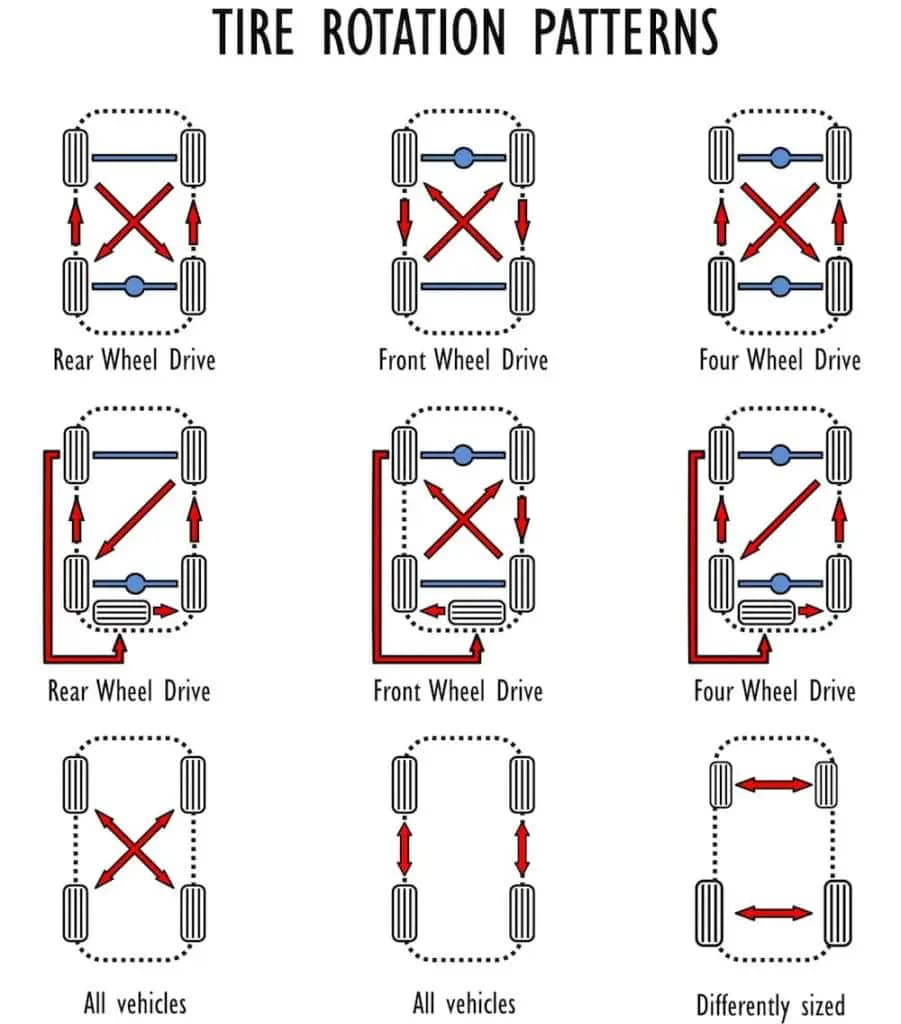Tire rotation is a critical part of maintaining your SUV, ensuring both safety and performance. Regular tire rotation helps evenly distribute tire wear, improving traction and extending tire life. But how often should you rotate your tires on an SUV? The answer depends on your driving habits, terrain, and manufacturer recommendations.
Why Is Tire Rotation Important for SUVs?
Tire rotation involves switching the positions of your tires to balance wear and tear. Since SUVs are heavier and often used for diverse purposes—ranging from family road trips to off-road adventures—their tires can wear unevenly.
Uneven tire wear can lead to:
- Reduced traction and safety.
- Increased risk of blowouts.
- Shorter tire lifespan, costing you more in replacements.
- Decreased fuel efficiency.
Rotating your tires ensures that each tire wears down uniformly, maximizing their lifespan and optimizing the performance of your SUV. Learn more about the importance of tire maintenance from the National Highway Traffic Safety Administration (NHTSA).
Manufacturer Recommendations for Tire Rotation Frequency
The general recommendation for tire rotation is every 5,000 to 7,500 miles. However, always consult your SUV’s owner manual for specifics. Some manufacturers may suggest slightly different intervals based on the model and type of tires.
For further details on tire rotation schedules and patterns, check out this detailed guide by Michelin Tires.
Looking for professional tire rotation services? Visit Auto Repair New Westminster to keep your SUV in top shape
Factors Affecting Tire Rotation Frequency
- Driving Conditions: Off-roading or frequent towing may require more frequent rotations.
- Tire Type: All-season, performance, or winter tires have different wear rates.
- Drivetrain: Front-wheel drive, rear-wheel drive, all-wheel drive, or four-wheel drive impacts how tires wear.
How to Know When Your Tires Need Rotation
If you’re unsure when to rotate your tires, look for these signs:
- Uneven tread wear: Check tread depth across all four tires.
- Vehicle pulling to one side: Uneven wear can cause alignment issues.
- Vibrations: Especially noticeable at higher speeds, uneven wear may be the culprit.
- Noisy ride: Tires that wear unevenly can produce more road noise.
Rotation Patterns for SUV Tires
SUVs often use specific rotation patterns to maximize tire longevity. The most common are:
1. Rearward Cross Pattern
Best for rear-wheel-drive and four-wheel-drive SUVs. Rear tires move to the front, while front tires cross diagonally to the rear.
2. Forward Cross Pattern
Ideal for front-wheel-drive SUVs. Front tires move to the rear, while rear tires cross diagonally to the front.
3. X-Pattern
A versatile choice for all SUVs, particularly for those with the same tire size and non-directional tread.
4. Side-to-Side Pattern
Used for directional tires, where tires remain on the same side but are swapped front to back.
Tire Rotation and All-Wheel Drive SUVs
All-wheel-drive (AWD) SUVs require special attention since all four tires receive power simultaneously. Uneven tire wear in AWD vehicles can lead to drivetrain damage due to differences in tire circumference. Rotating tires every 5,000 miles is especially crucial for AWD models.
Curious whether you should place better tires on the front or back after rotation? Understanding the correct placement can improve handling and safety.
Can You Rotate Tires at Home?
While you can rotate tires at home with the right tools, it’s often best to have a professional handle it. Tire shops also check for:
- Tire pressure adjustments.
- Visual inspection for damage or wear.
- Alignment issues that could impact safety.

FAQs
How often should tires be rotated on a front-wheel-drive SUV?
Front-wheel-drive SUVs should typically have their tires rotated every 5,000 to 7,500 miles. Check your owner manual for precise guidance.
Do I need to rotate tires if I don’t drive much?
Yes! Even with minimal driving, tire wear occurs over time due to factors like weight distribution and environmental conditions.
What happens if I don’t rotate my tires?
Skipping rotations leads to uneven tire wear, reduced performance, higher replacement costs, and potential safety risks.
Is tire rotation included in routine maintenance?
Many service packages include tire rotation. It’s wise to confirm with your service provider.
What’s the cost of a professional tire rotation?
A typical tire rotation costs $20–$50 but can vary by location and vehicle type.
Should I balance my tires during a rotation?
Balancing tires isn’t required every rotation but is essential if you notice vibrations or uneven wear.

